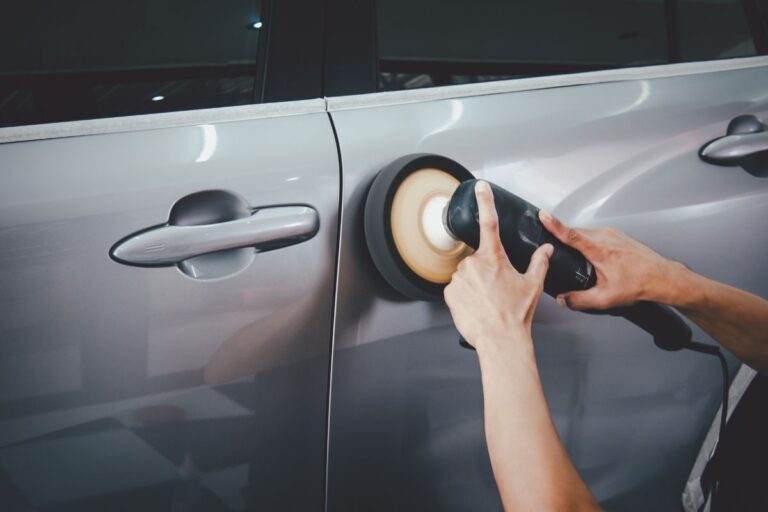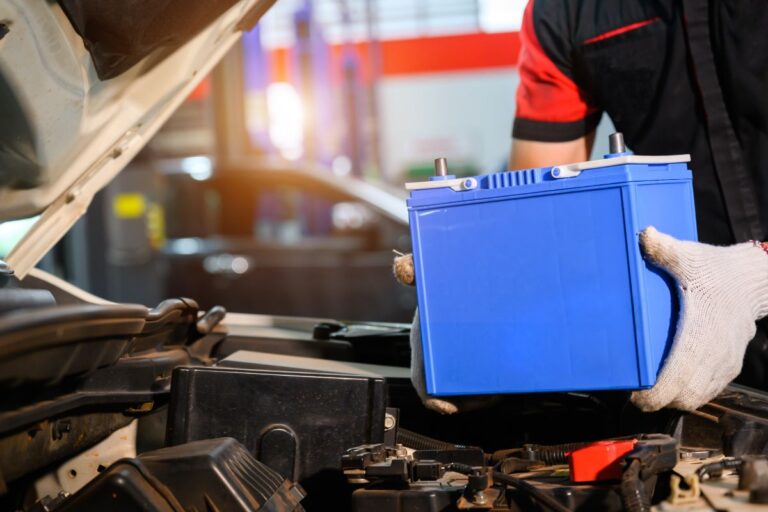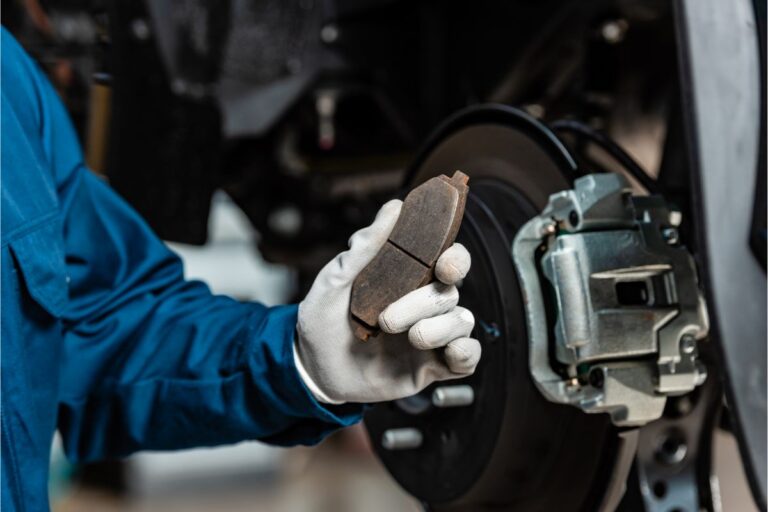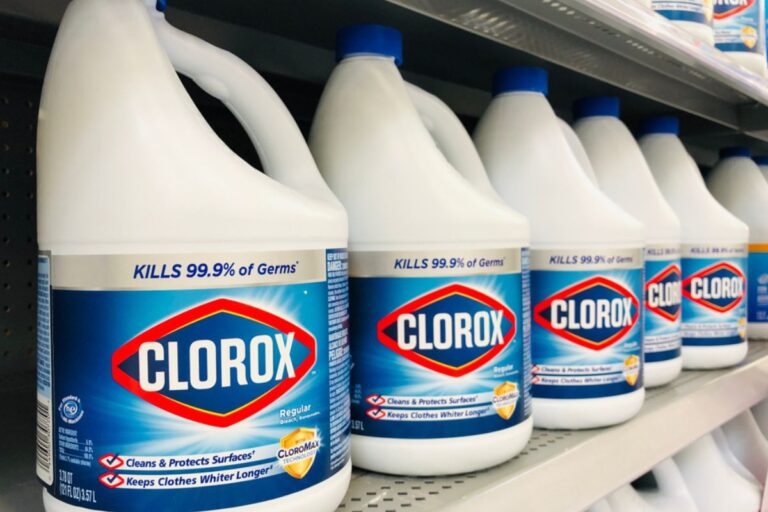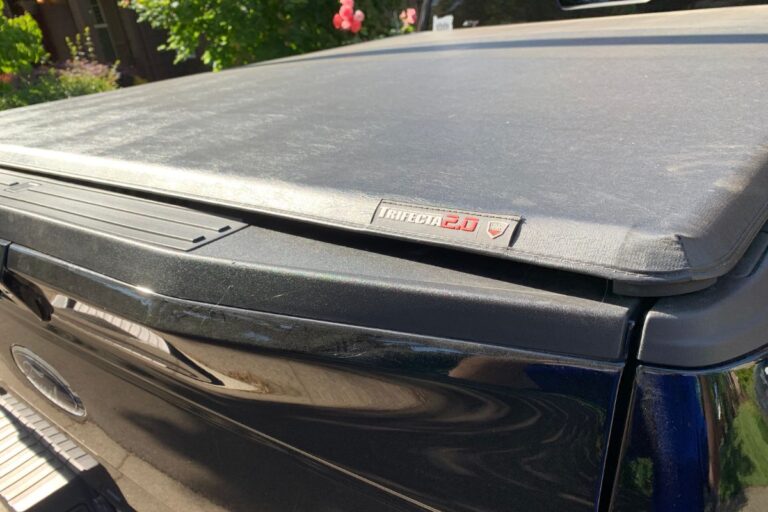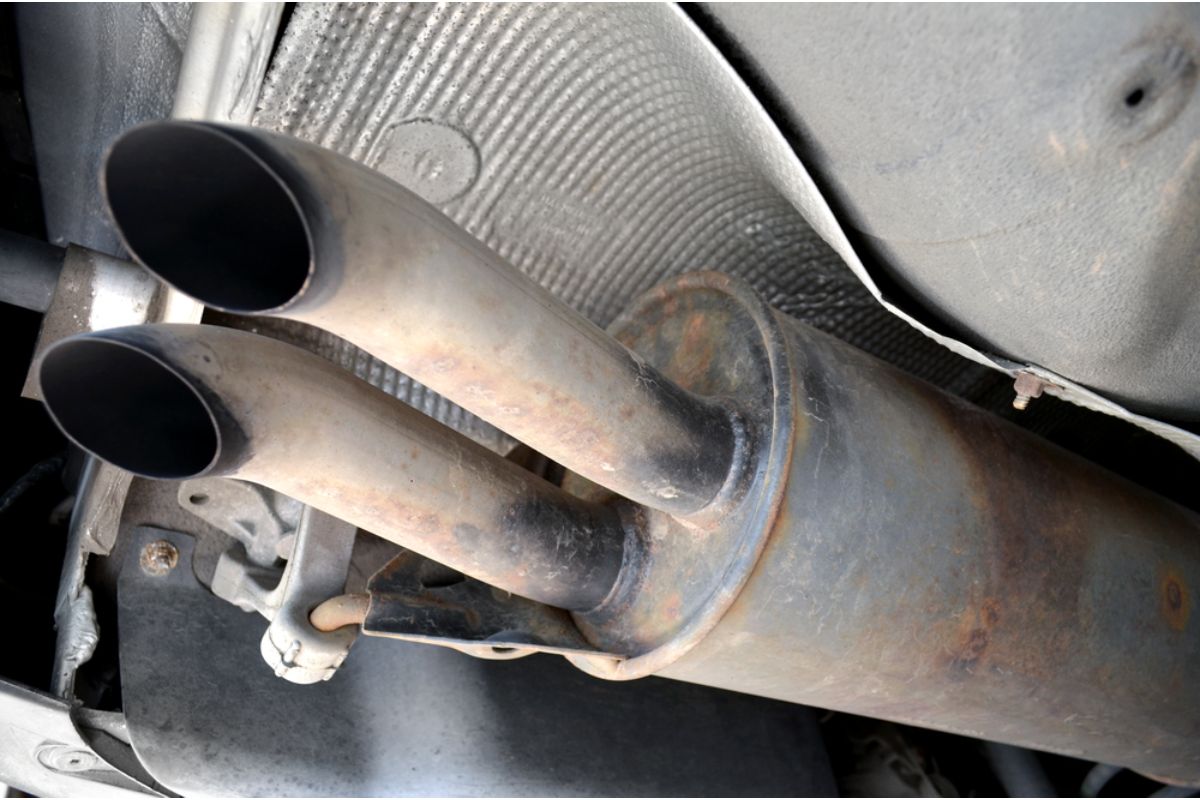
Whether you’re trying to give your sweet ride a fresh look or you’re attempting to cover up the effects of a rusting muffler, painting your muffler might sound like a great idea.
Since you can paint the body of the car, you may think that painting other parts of the car such as the muffler or exhaust pipes are a straightforward process.
Before you start using the same spray paint that you used to cover the body of the car or, worse, the regular old acrylic paint that was left over from your kid’s latest craft project, take a minute to research what kind of paint is suitable for using on a muffler.
After all, a muffler is not like a paper mache project or birdhouse or even the body of a car. A muffler tends to get extremely hot. If you use the wrong paints, the muffler could either melt off the paints, get destroyed by using the wrong material, or create toxic fumes or combust.
In this article, we’ll discuss whether you can paint a muffler and, if so, what type of paint to use on the muffler, as well as other related questions you might have.
Can you paint a muffler?
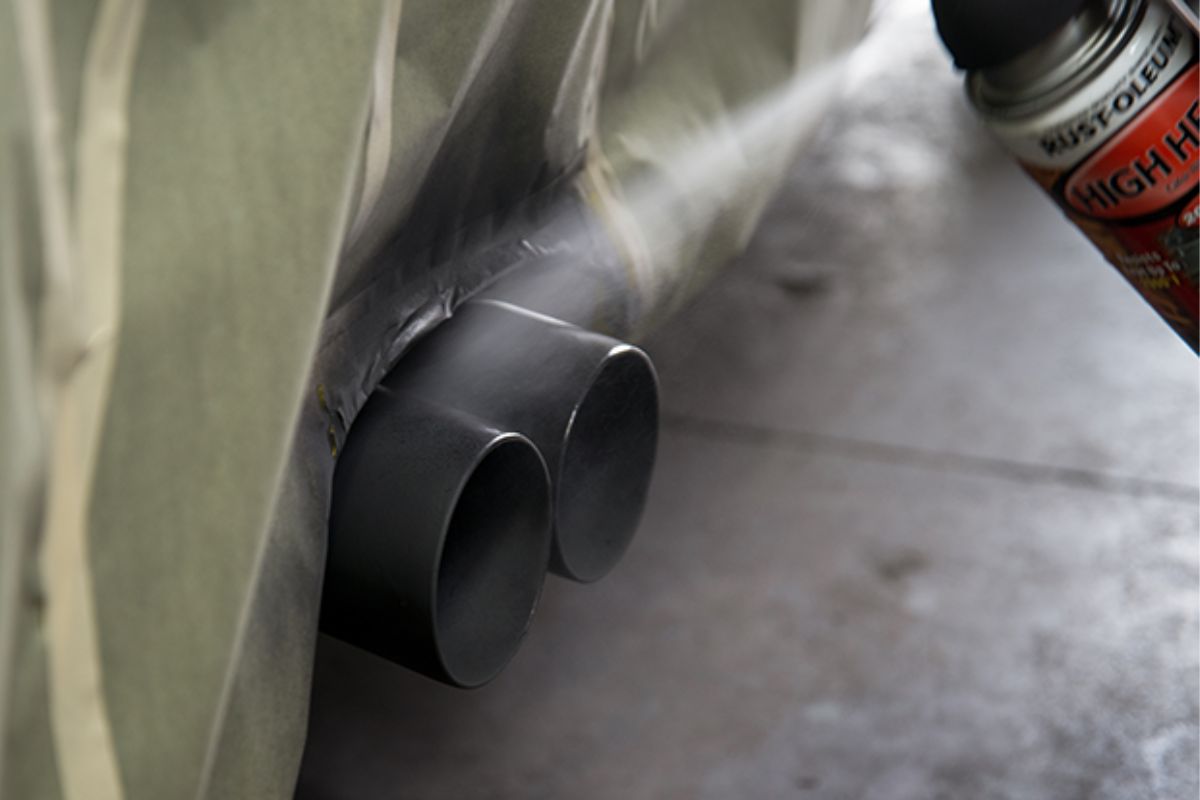
The short answer is that yes, you can certainly paint a muffler and the exhaust pipes that are around it. However, before you start breaking out the spray paint or the craft paints, take a step back and make sure you have the right type of paint.
Since mufflers get so hot, they require a special kind of heat-resistant paint to ensure that they don’t melt off or have a negative, damaging reaction to the paint.
If you don’t use a kind of paint that can withstand high temperatures the first time around, you might also need to repaint it later. This is not only costly because you’ll have to splurge on a second set of paints, but it is also annoying.
You will also have to drive around with a patchy, peeling, melted paint job on your muffler until you get around to repainting it with the heat-resistant paint. So, it is really best to invest in the right kind of paint at first to avoid this whole headache in the long run.
What kind of paint should you use on a muffler?
On mufflers and other parts of the car that get extremely hot such as the exhaust pipes, you should always use heat-resistant paint and primer.
Can you use regular spray paint on a muffler?
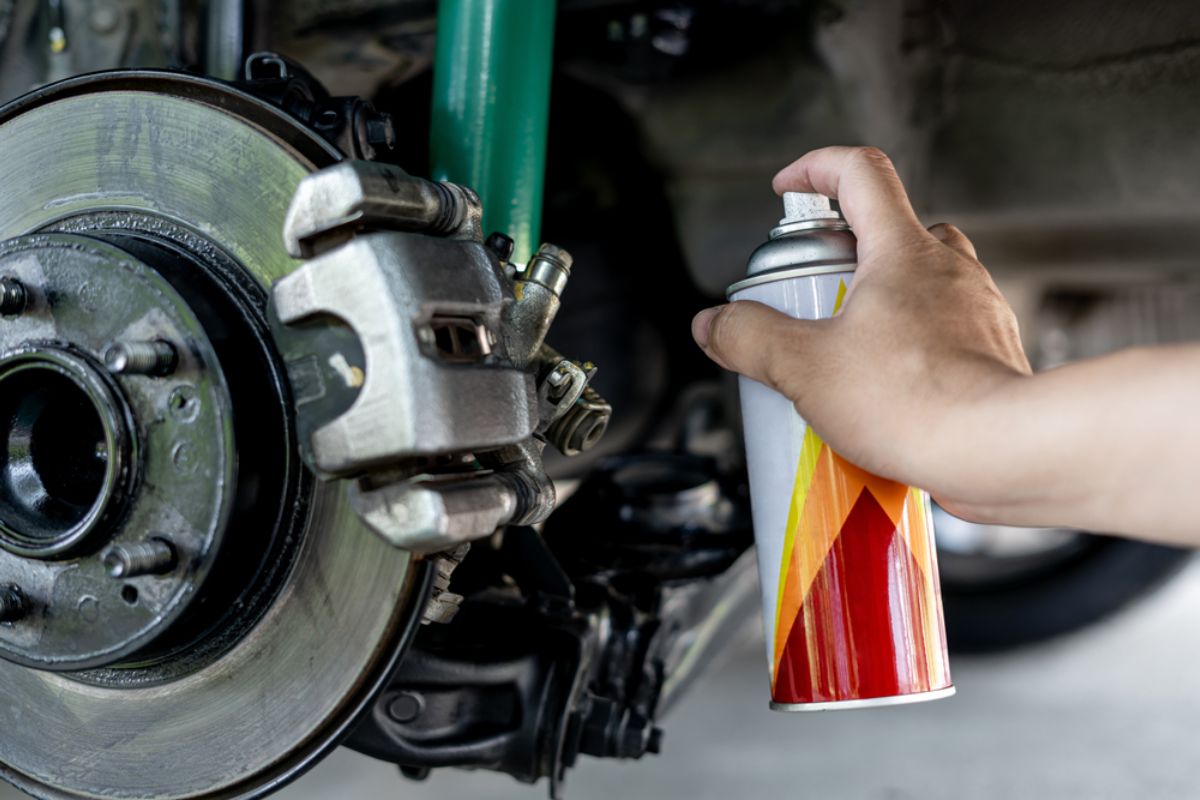
If you have regular spray paint in your garage or have some left after working on spray painting other parts of your car, you might be tempted to use it on the muffler. After all, the logic would go that paint is paint and therefore can be used on any part of the car.
Unfortunately, the exhaust pipes and related parts of the car simply get too hot to keep the regular spray paint from melting off.
As artraderjournal.com shares, “Due to the heat coming from exhaust gases, regular paints cannot be used for exhaust since they would come off when exposed to high temperatures.
As soon as you have purchased the right primer and paint, you can spray them. The primer should be the first thing you do.”
How should you paint a muffler?
First, prepare your workstation and exhaust pipe for painting. Make sure that you are working in an area that is well-ventilated, such as an open garage or outside.
Also, utilize a drop cloth to avoid overspray. To prep the exhaust pipe, clean it with a wax and tar remover. Some types of wax and tar remover will let you spray a generous coating over the whole area. Then, you let it sit for sixty seconds.
After that, you can wipe off the wax and tar remover with a lint-free rag. The next step is utilizing painter’s tape and masking paper to protect any of the parts of the vehicle around the muffler and exhaust pipes that you would rather not paint in this session.
Second, you should prime the exhaust pipe by shaking the can of High Heat Primer for at least sixty seconds once you hear the mixing ball begin to rattle in the can. After that, keep the can between 8” and one foot away from the vehicle’s exhaust pipe.
Begin to spray with a steadied hand. You can apply between two and three light layers. Make sure to allow for a few minutes of drying time between each coat. Once you have finished priming, you can walk away while the primer dries for at least an hour.
Next, you can get into the actual painting. By following the same method that you employed to apply the primer, spray two to three light layers of High Heat spray paint onto the exhaust pipe.
Once you are satisfied with your painting, you can allow the paint to dry for at least sixty minutes before going to the next step.
Finally, follow the directions on your spray paint’s label for curing it. After the paint has fully cured, you can use the exhaust pipe and muffler freely and take your updated drive for a spin around town.
Do mufflers get hot?
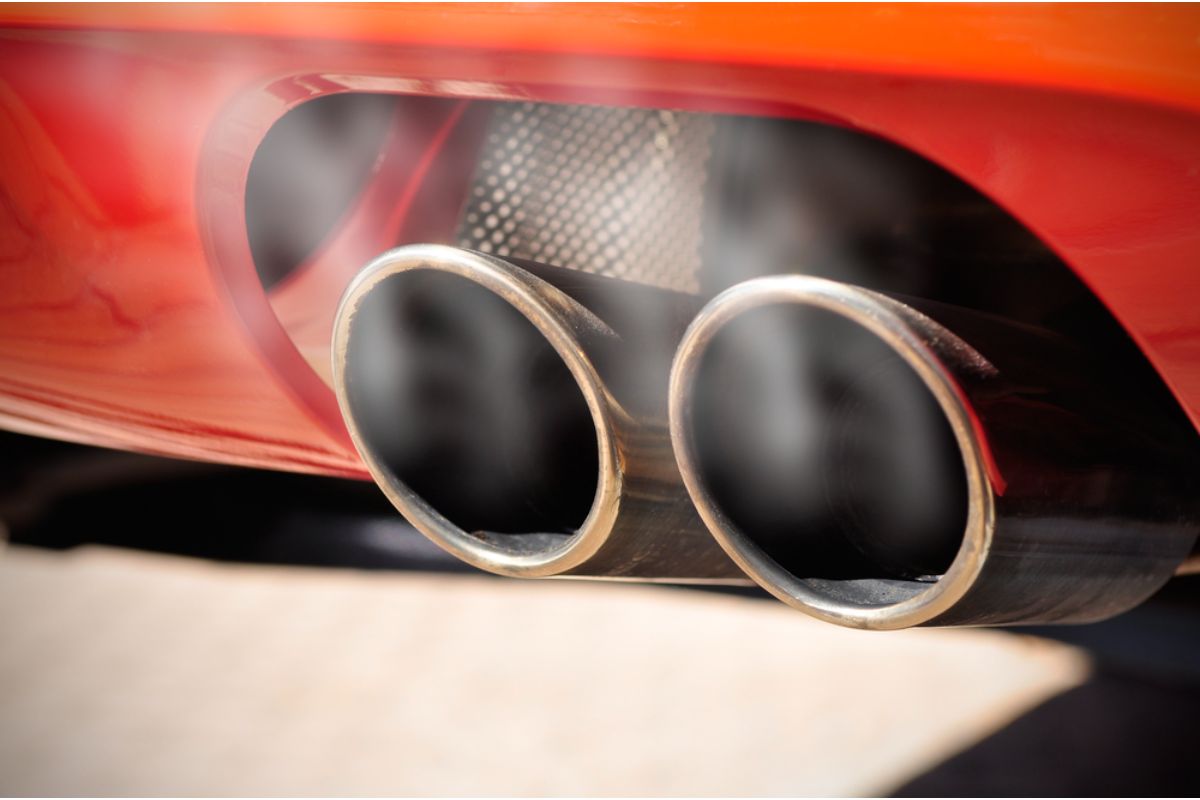
Mufflers definitely get extremely hot. If you think the sweltering summer heatwave is hot, your muffler will beat the scorching heat of the sidewalk at the height of the summer.
Since mufflers are located near the exhaust where burnt gas fumes exit, they tend to hold a high degree of heat. Usually, mufflers can get about 1.5 – 2.5 times as hot as the boiling point of water.
According to an article on the subject on motormanner.com, “Most mufflers would deal with temperatures which range between 300 and 500 degrees Fahrenheit.
Because of the heat intensity being produced by the emission system of the engine, most of the exhaust systems are indeed built to handle an excess of almost 1200 degrees.”
The overall heat of mufflers tends to depend on the RPM of the engine. If your engine has a higher RPM (Revolutions Per Minute), that will translate to a higher temperature for the muffler.
Can you duct tape a muffler?
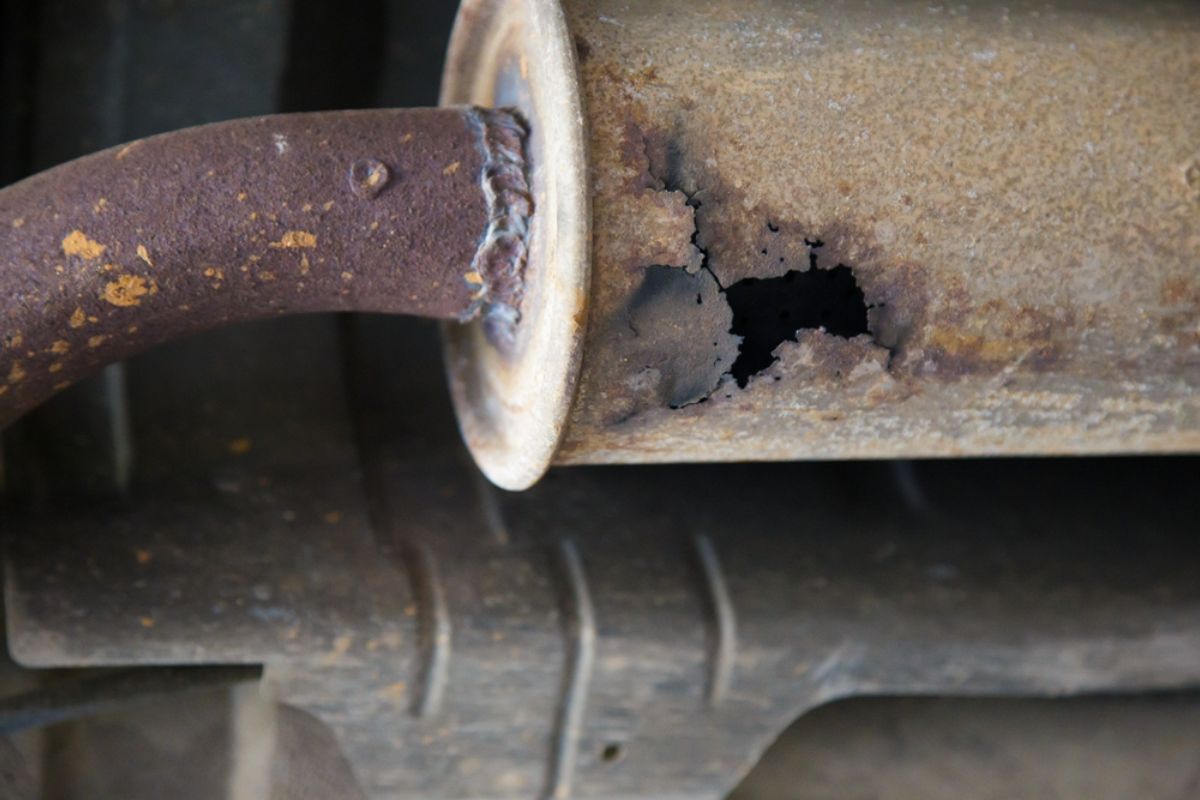
If your muffler is damaged, you might be tempted to duct tape it back into place. While this might seem like a perfect, easy DIY fix, it is actually not the best idea for car repairs.
According to an article on yellowpages.au, “No, duct tape is not a safe option for repairing damaged exhaust mufflers or exhaust pipes.
Duct tape is made out of cotton mesh, and is covered with a type of plastic called polyethelyne, with a rubber-based adhesive underneath. When it gets hot, duct tape melts and becomes flammable.
It’s definitely not a good idea to repair your muffler or exhausts with this type of material. If your car is still under warranty, remember that any unauthorised repair work will void the warranty.
Exhaust fumes are toxic, and a build up of them inside your car can be fatal, so it’s essential that your entire exhaust system is functioning properly.”
If you must make a quick repair in a pinch to get you from your home to the mechanic’s, there are materials available for making this type of temporary fix. If you have a heat-resistant sealant handy, you can use that to fill a crack for the time being.
When a heat-resistant sealant isn’t available, an exhaust repair place is another solid option. You should be able to find heat-resistant sealant at auto repair shops or wherever auto repair items are sold.
Some suggest clamping a metal can over the exhaust pipe with metal hose clips. Unlike duct tape, this temporary fix should be able to handle the heat and pressure from the exhaust pipe.
With either of these fixes, it’s best to see them as a bandaid rather than a cure. You should still book an appointment with your mechanic as soon as possible to address the concern and fix it permanently.

